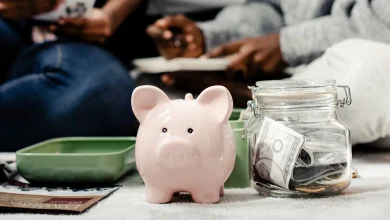Teaching Kids About Money in a Cashless Society
Simple Lessons for Raising Financially Smart Kids in Today’s Digital Age

Money is important for everyone, but today’s children are growing up in a world where cash is rarely used. Most people pay with cards, phones, or online transfers. This makes it harder for kids to see and understand money. As a parent or teacher, you may wonder how to teach kids about money when they never see bills or coins. This guide will show you how to help children learn about money in a cashless society, using simple, practical ideas.
Why Teaching Kids About Money Matters
Understanding money helps younger ones make smart choices as they grow up. When kids learn about money, they learn how to save, spend wisely, and plan for the future. These skills are important for life, no matter what job they have or where they live. In a cashless world, it’s even more important to teach kids about money, because they might not see how much things cost or how much they spend.

The Challenge of a Cashless Society
In the past, parents could give kids coins and bills to help them learn about money. Today, most payments are digital. Younger ones see adults tap a card or phone to buy things, but they don’t see the money change hands. This makes it harder for children to understand how money works.
Start with the Basics: What Is Money?
Even in a cashless society, it’s important to explain what money is. Money is a tool we use to buy things and pay for services. It can be coins, bills, or numbers in a bank account. The value of money comes from what it can buy, not from the paper or metal it’s made of.
You can use play money or online games to help kids see how money works. Let them practice buying and selling things, even if it’s just pretend. This helps them understand the idea of money before they use real cards or apps.
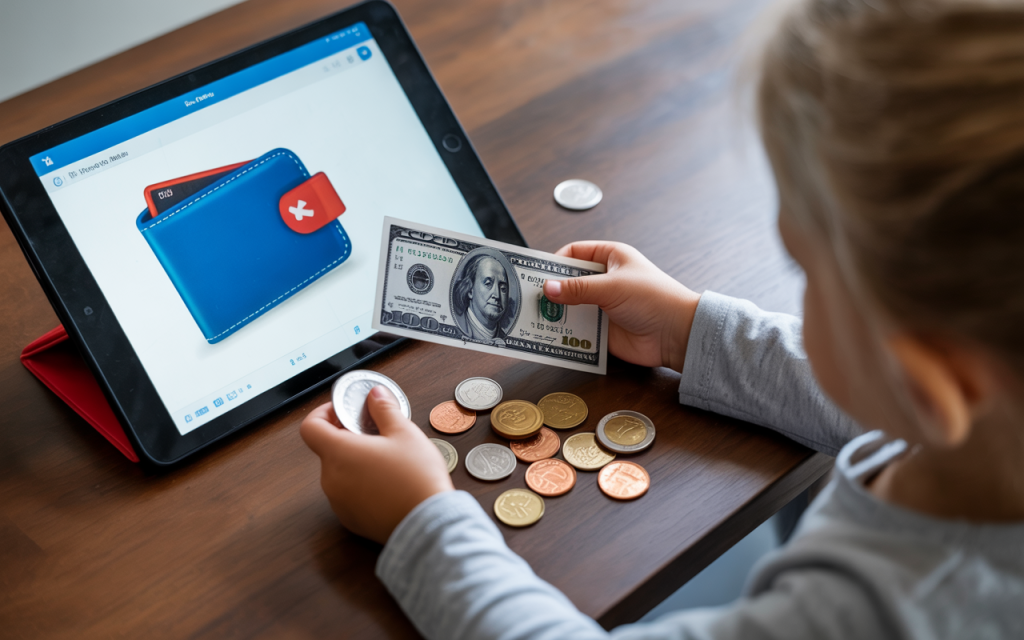
Use Real-Life Examples
Talk to younger ones about how you use money every day. Show them how you pay for groceries, clothes, and bills. Explain that when you tap your card or phone, you are using money from your bank account. This helps kids connect digital payments with real money.
You can also let kids help with shopping. Give them a small budget and let them choose what to buy. This teaches them about making choices and staying within a limit.
Teach the Difference Between Needs and Wants

Help younger ones understand the difference between things they need (like food and clothes) and things they want (like toys and games). This is an important lesson about money. When kids know the difference, they can make better choices about how to spend their money.
Introduce Saving and Budgeting
Teach kids to save money for things they want. You can use a digital piggy bank or a savings app. Let them see how their money grows over time. This helps them learn patience and planning.
You can also teach younger ones about budgeting. Give them a small amount of money each week and help them decide how to use it. For example, they might save some, spend some, and give some to charity.
Use Technology to Teach Money Skills
There are many apps and games that help kids learn about money. These tools make learning fun and interactive. Look for apps that let kids earn, save, and spend virtual money. This helps them practice real-life skills in a safe way.
Talk About Digital Payments
Explain how digital payments work. Show kids how you use a card or phone to pay for things. Talk about the importance of keeping your card and phone safe. Teach them never to share passwords or personal information.
Teach Kids About Online Shopping

Online shopping is a big part of a cashless society. Teach kids how to shop safely online. Show them how to compare prices and read reviews. Explain that every online purchase uses money, even if they don’t see cash.
Encourage Kids to Earn Money
Let kids earn money by doing chores or helping around the house. This teaches them that money is earned through work. You can pay them digitally, using an app or online transfer. This helps them see how money moves in a cashless world.
Teach Kids About Giving

It’s important for kids to learn about giving. Teach them to share their money with others, whether it’s donating to charity or helping a friend. This helps them understand the value of money and the importance of helping others.
Talk About the Future
Teach kids to think about the future. Help them set goals for saving money, like buying a toy or saving for a trip. This teaches them to plan ahead and make smart choices.
Use Everyday Moments as Teaching Opportunities
Look for chances to teach kids about money in everyday life. For example, when you pay for gas, explain how the payment works. When you get a bill, show them how you pay it online. These small lessons add up over time.
Be a Good Role Model
Kids learn by watching adults. Show them how you manage your money wisely. Talk about how you save, spend, and give. This sets a good example for them to follow.
Make Learning Fun
Learning about money should be fun. Use games, apps, and real-life activities to make it interesting. The more kids enjoy learning, the more they will remember.
Teach Kids About Safety
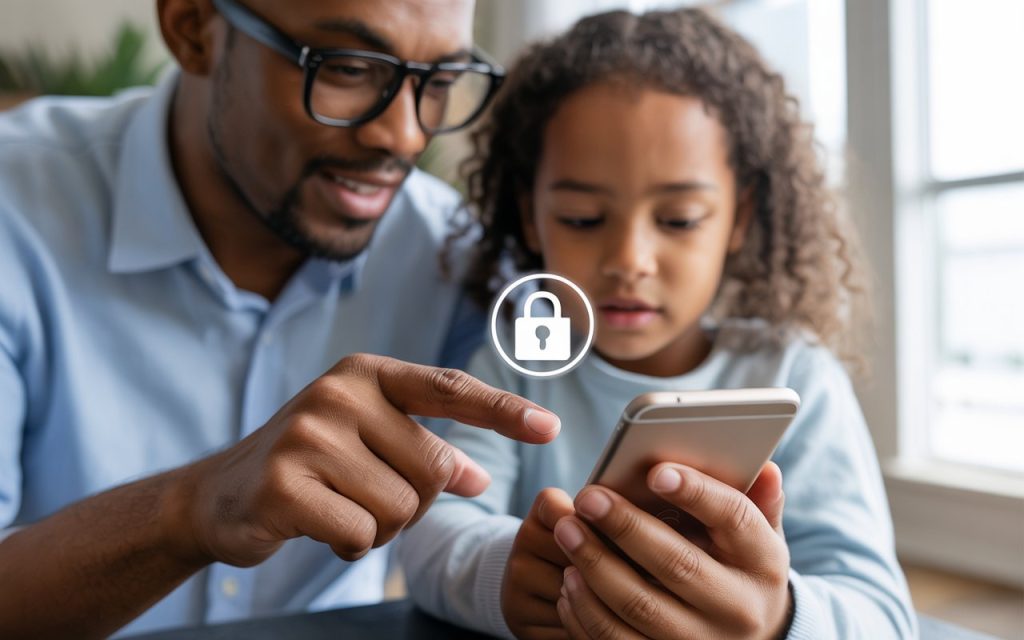
In a cashless society, it’s important to teach kids about safety. Explain how to protect their personal information and avoid scams. Teach them never to share passwords or click on suspicious links.
Encourage Questions
Let kids ask questions about money. Answer them honestly and simply. This helps them feel comfortable talking about money and builds their confidence.
Keep It Age-Appropriate
Tailor your lessons to your child’s age. Young kids can learn about coins and bills, even if they don’t use them often. Older kids can learn about digital payments, budgeting, and saving.
Teach Kids About Credit and Debt
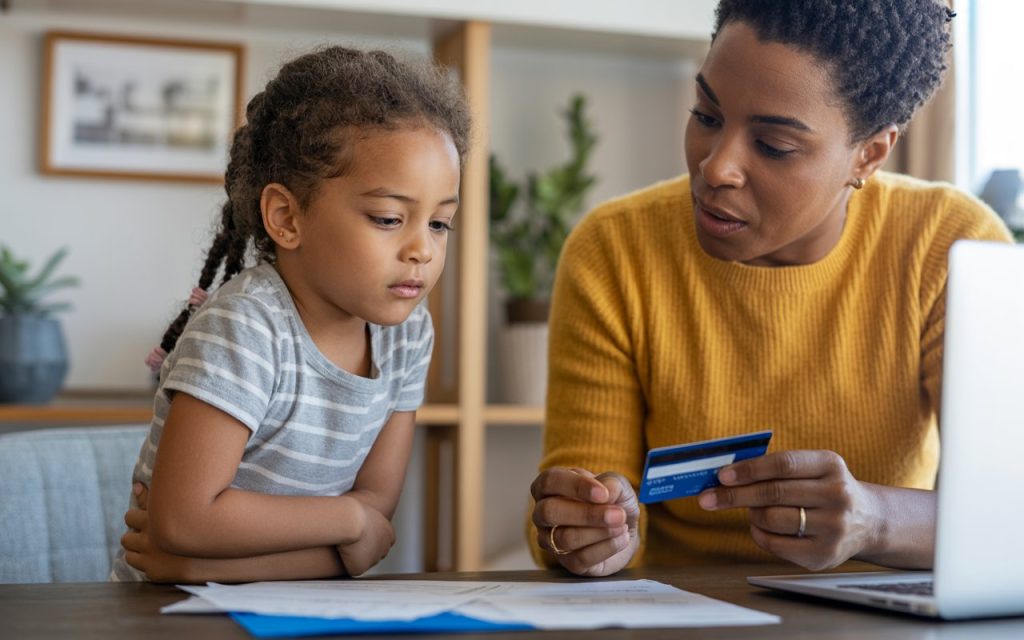
As kids get older, teach them about credit and debt. Explain how credit cards work and why it’s important to pay bills on time. This helps them avoid money problems in the future.
Use Books and Stories
There are many books and stories about money for kids. Reading together is a great way to start conversations. Look for books that explain saving, spending, and giving.
Teach Kids About the Value of Money
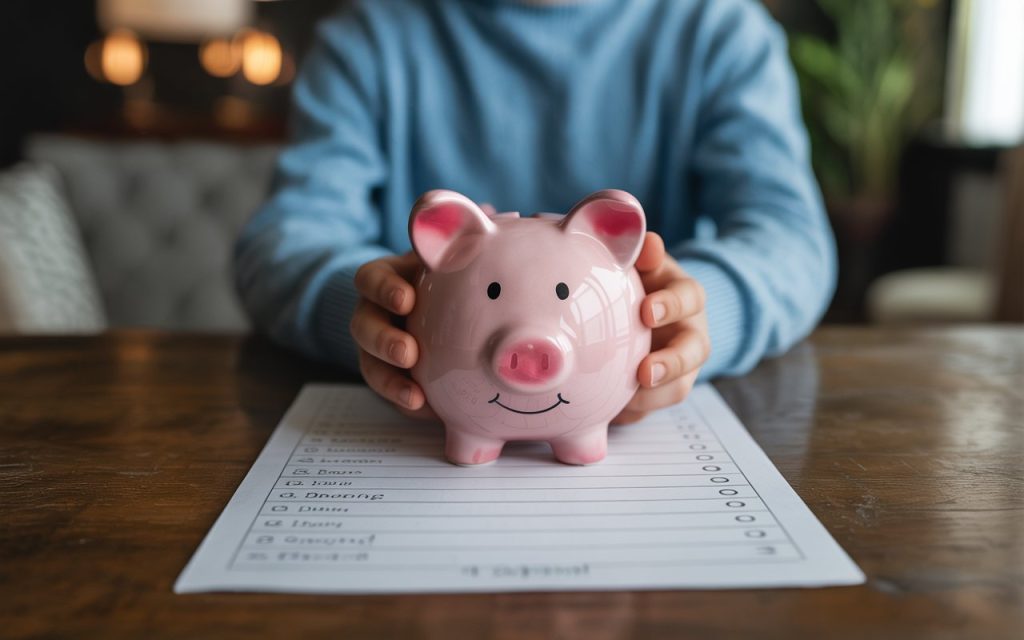
Help kids understand that money is not just for spending. It’s a tool for reaching goals, helping others, and building a good life. Teach them to respect money and use it wisely.
Be Patient and Positive
Learning about money takes time. Be patient and positive as your child learns. Celebrate their progress and encourage them to keep trying.
Summary: Key Points for Teaching Kids About Money
Here are the main points to remember when teaching kids about money in a cashless society:
- Start with the basics: Explain what money is and how it works.
- Use real-life examples: Show kids how you use money every day.
- Teach saving and budgeting: Help kids learn to save and plan.
- Use technology: Try apps and games to make learning fun.
- Talk about digital payments: Explain how cards and phones are used to pay.
- Teach safety: Show kids how to protect their information.
- Encourage questions: Let kids ask and learn at their own pace.
- Be a good role model: Show kids how you manage your money.
Real-Life Tips for Parents
Here are some real-life tips from parents who are teaching kids about money in a cashless world:
- Give kids a digital allowance: Use an app to give kids money for chores.
- Let kids help with shopping: Give them a small budget and let them choose what to buy.
- Use games and apps: Find fun ways to teach money skills.
- Talk about your own money choices: Share how you save, spend, and give.
- Encourage saving for goals: Help kids set goals and save for them.
- Teach safety online: Show kids how to stay safe when using digital money.

Common Mistakes to Avoid
Here are some common mistakes parents make when teaching kids about money:
- Not talking about money at all: Kids need to learn about money early.
- Only using digital payments: Kids should still learn about coins and bills.
- Not teaching safety: Kids need to know how to protect their information.
- Not letting kids make mistakes: It’s okay for kids to make small money mistakes and learn from them.
The Power of Teaching Kids About Money
Teaching kids about money is one of the best things you can do for their future. It helps them become responsible, confident, and smart with their money. In a cashless society, it’s more important than ever to give kids the skills they need to manage money wisely.
Final Thoughts
Teaching kids about money in a cashless society is a challenge, but it’s also an opportunity. With simple, practical lessons, you can help your child understand money and make smart choices. Remember to be patient, use real-life examples, and make learning fun. Your child will thank you for it in the future.




